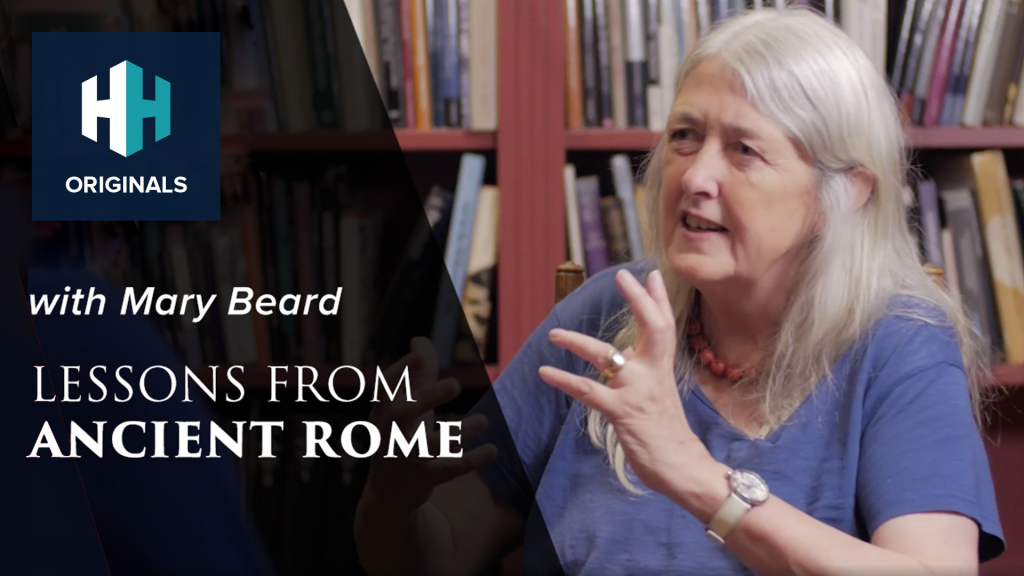
Although technically a pre-industrial civilisation, Rome was continually coming up with societal and technological advancements. These were implemented through social and governmental initiatives, industries such as architecture and building, and the mass production of food and other goods.
Here are 5 of the most surprising Roman inventions.
1. Social welfare
Rome had a huge bread industry. It was the staple food of the city and its outposts. There are even monuments to bread and great bakers in Rome that survive to this day, depicting their ovens and giant donkey-powered kneading machines.

Roman mill and bakery, Ostia. Credit: Udimu (Wikimedia Commons).
With such a massive population, ensuring that the people were well fed helped boost the Empire’s popularity.
Emperor Augustus initiated the first social welfare program in the form of the grain dole, which many of the city’s growing number of slaves and poor came to depend on. Trajan’s Alimenta program expanded Rome’s state-funded welfare beyond the grain dole to include funding, education and food for poor and orphaned children.
 Watch Now
Watch Now2. Luxury cruise ships
During Caligula’s brief, but ostentatious reign, the Emperor had huge luxurious boats built to cruise on Lake Nemi, a large body of water near Rome.
In the late 1920s, at what must have been great public expense, Mussolini drained the lake and began a three-year project, which resulted in raising both giant 240-ft luxury liners.
The boats turned out to be larger and more advanced than any ship built before the 16th century. They were adorned with marble statues and fitted with plumbing for their heated baths. The ships even contained ball-bearing technology, previously believed to have been invented by Leonardo Da Vinci in the 15th century.
On 30 May 1944 retreating Nazi troops set fire to the museum that housed the boats, completely destroying them.
3. Public sector pensions
Special taxes, or portoria, were instituted by Emperor Augustus in 13 BC, notably, an inheritance tax of 5%. This was used to finance a military pension for veteran legionnaires who had completed 20 years of service.
 Listen Now
Listen Now4. A revolution in glass

Roman glass depicting a gladiator. Credit: Vassil (Wikimedia Commons).
One area that was transformed from a craft to a true industry, including mass production, was glass making. The Romans invented glass blowing and colourless glass and even developed ways of producing remarkably clear and large sheets of glass for windows. Innovation resulted in the use of glass as insulation (even double-glazing) and inexpensive mass production.
5. The European metropolis
Rome was Europe’s first truly large city and in many ways it resembled a modern metropolis. It contained neighbourhoods like the Aventine Hill, featuring 8-story high-rise tenement blocks made of brick, wood and plaster. There were also public baths, pubs, restaurants and gyms.
Like any modern European city, Rome had its major sporting events. Chariot racing resembled modern football in that it had star athletes, team colours and filled large stadiums with spectators. The circus maximus was a place where patricians mixed with poor plebeians due to their mutual love of sport.
 Watch Now
Watch NowThe expansion of the Empire eventually brought about the development of Roman-style cities such as London, Bonn and Paris, complete with forums, basilicas, amphitheatres and aqueducts. The increase in labour this required added to Europe’s urbanisation and arguably a raise in living standards.














